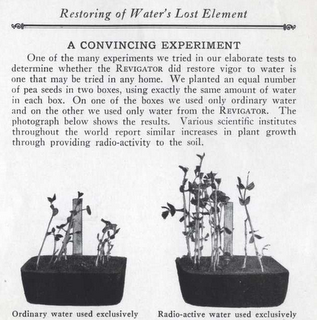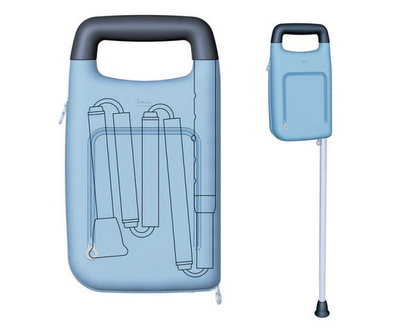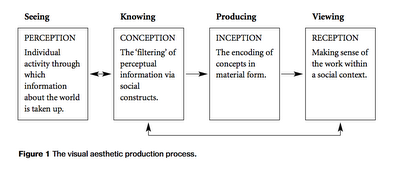If you’re new here, you may want to subscribe to my RSS feed to receive the latest Architectradure’s articles in your reader or via email. Thanks for visiting!
For our pro-seminar class, a PhD requirement, Stefanie Tellex, Noah Vawter and Aaron Zinman and I am designing a prediction market for corruption. Our idea is that citizen can bet on the next congress that will be indicted.
Looking for visual tools and data analysis, I have found on Jaiunblog, the observatoire presidentiel web site.
It is an interactive presidential observatory. It allows individuals to visualize a tendançologue to follow the media popularity of main political French figures estimated for this election and this until the presidential elections of 2007.
The interactive µtendançologue considers also news from blogs, newsgroup, online press. It allows the user to compare between presidential online press.
This online observatory also proposes an interactive political blogopole map. The map represents the total of citizen’s blogs that bring up political debates in France.
The Blogopole and a close-up on the French Green party











